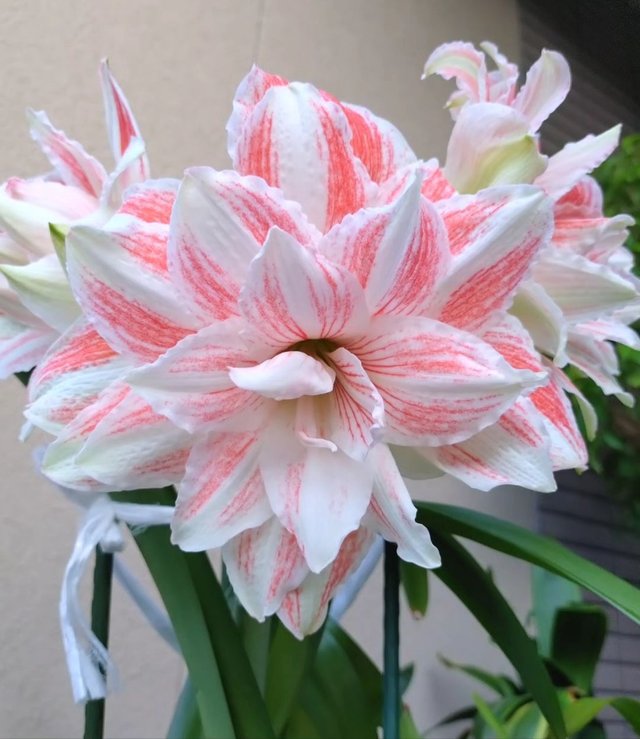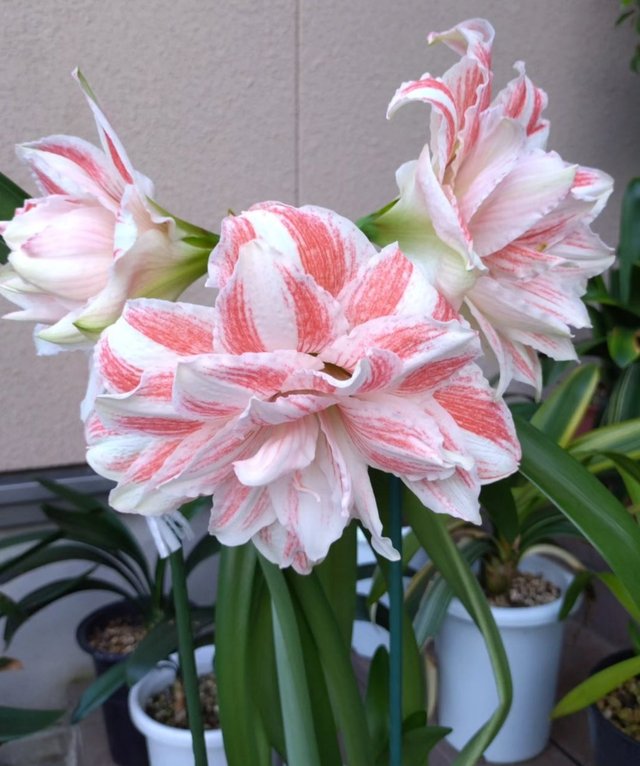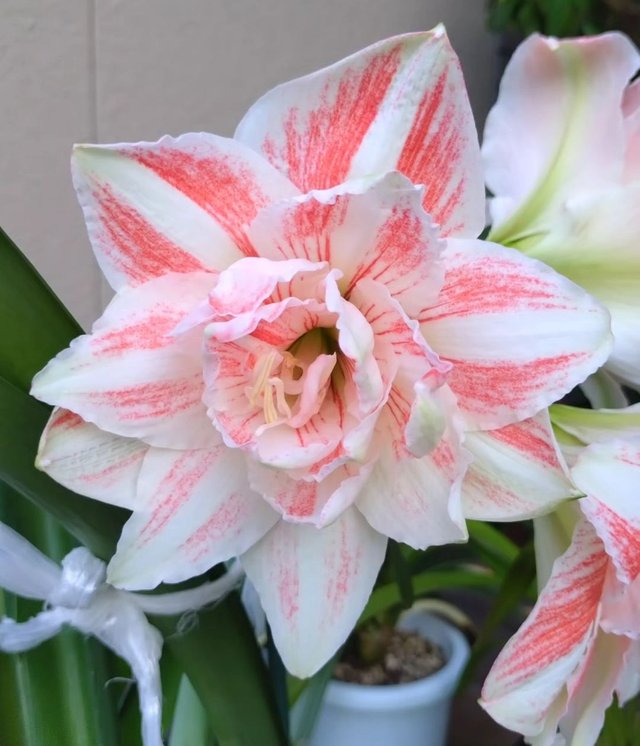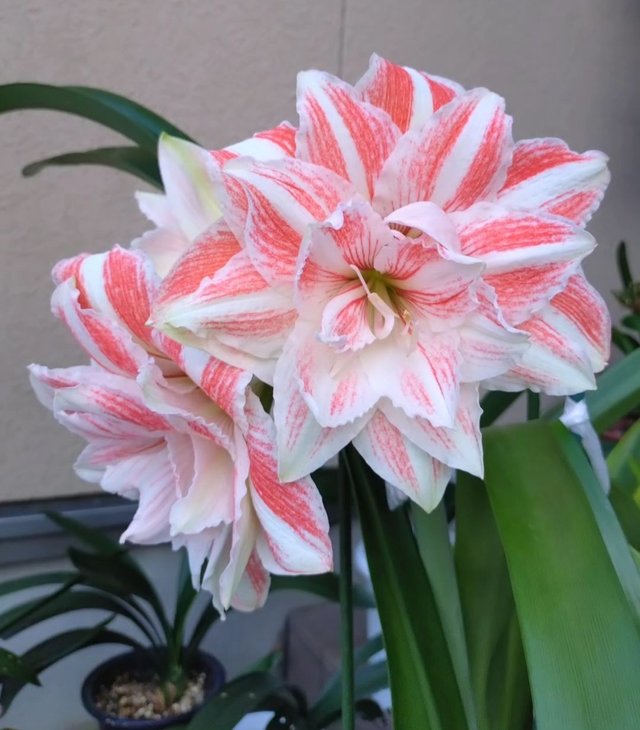Striped Barbados Lily So Beautiful
The Striped Barbados lily, scientifically known as Hippeastrum striatum, is a strikingly beautiful flowering plant that captivates gardeners and plant enthusiasts with its vibrant, trumpet-shaped blooms. Native to South America, particularly Brazil, this species belongs to the Amaryllidaceae family. Though it is commonly called the Striped Barbados lily, it is not a true lily, as it does not belong to the Liliaceae family.
Description and Characteristics
Appearance
The Striped Barbados lily features large, showy flowers that typically appear in the spring. Each plant produces multiple blooms, usually in clusters of two to six, at the top of a sturdy, leafless stalk. The flowers are renowned for their bright red or orange petals, often adorned with contrasting white stripes, giving the plant its distinctive appearance. The petals are long and narrow, with a slight curve, adding to the elegance of the blossoms.
Leaves and Bulbs
The plant’s leaves are elongated, strap-like, and emerge from a bulb at the base. These leaves are usually glossy and dark green, providing a lush backdrop to the vibrant flowers. The bulb itself is an essential part of the plant, storing nutrients and energy to support the growth of the flowers and leaves. Typically, the bulbs are large, brown, and layered, similar to those of onions or garlic.
Growth and Blooming Cycle
The growth and blooming cycle of the Striped Barbados lily are dictated by the climate and care it receives. In its native habitat, it thrives in warm, tropical conditions. The plant enters a dormant phase during the cooler, drier months and bursts into bloom as temperatures rise and rainfall increases. Gardeners in temperate regions often mimic these conditions by planting the bulbs in the spring, ensuring they receive plenty of sunlight and water to encourage blooming.
Cultivation and Care
Planting
When planting Striped Barbados lily bulbs, it’s essential to choose a location with well-drained soil and plenty of sunlight. These plants prefer slightly acidic to neutral soil and can benefit from the addition of organic matter to improve soil quality. The bulbs should be planted with the pointed end facing up and the top of the bulb just below the soil surface.




Thanks For Reading
Device Information
| Device | Redmi Note 10 Pro |
|---|---|
| Lens | 64 mp |
| Location | Bangladesh |
